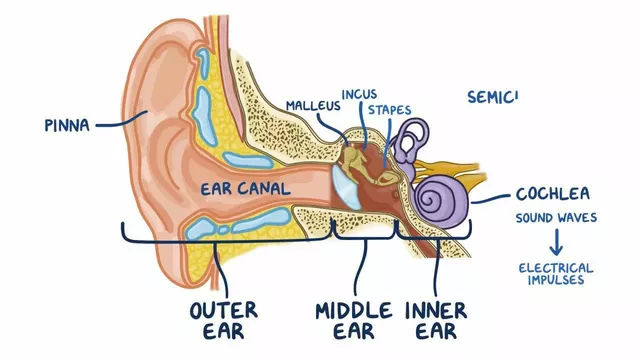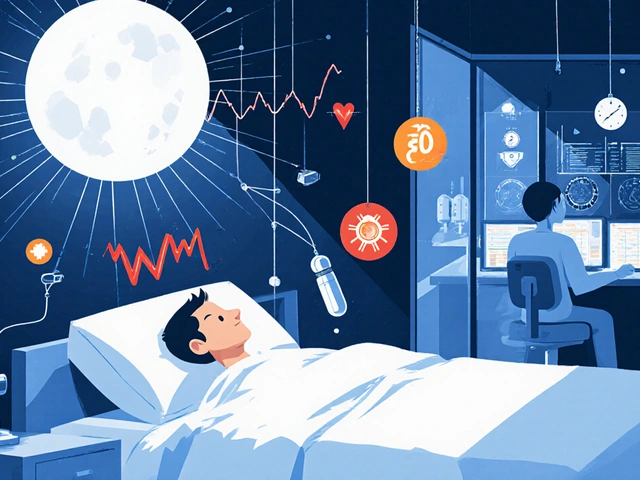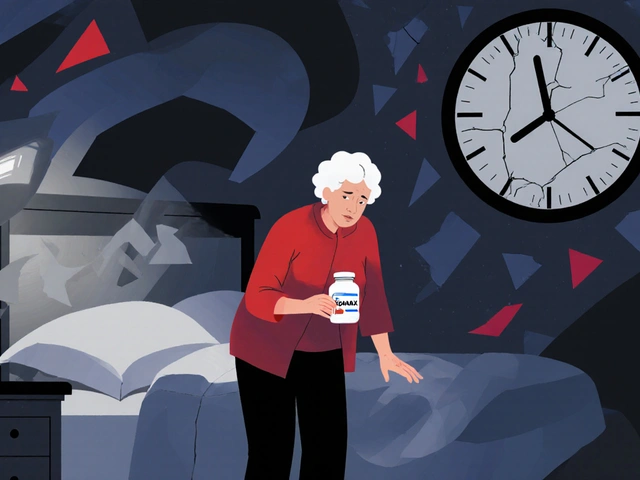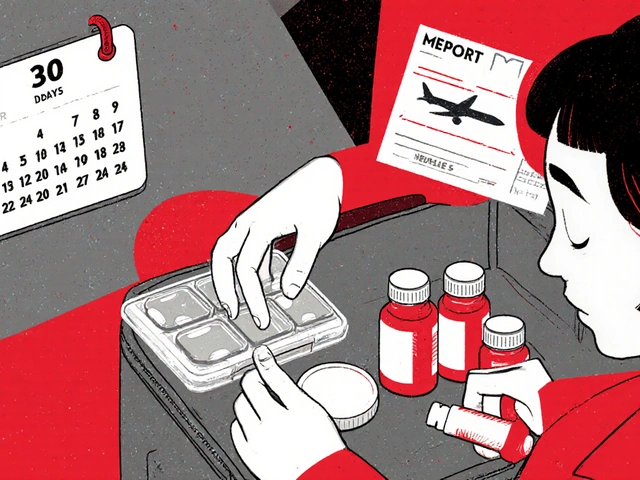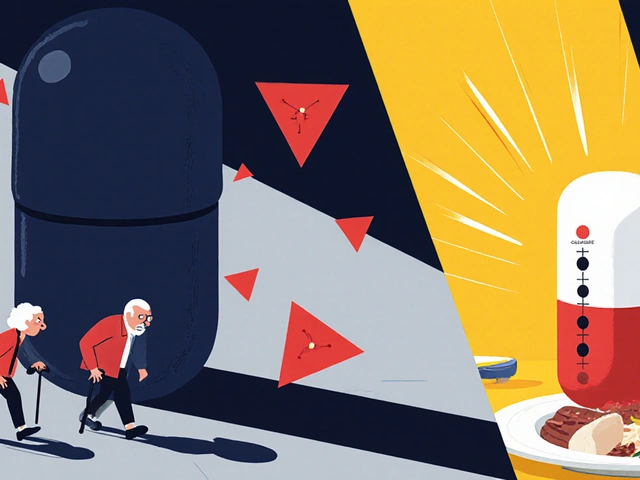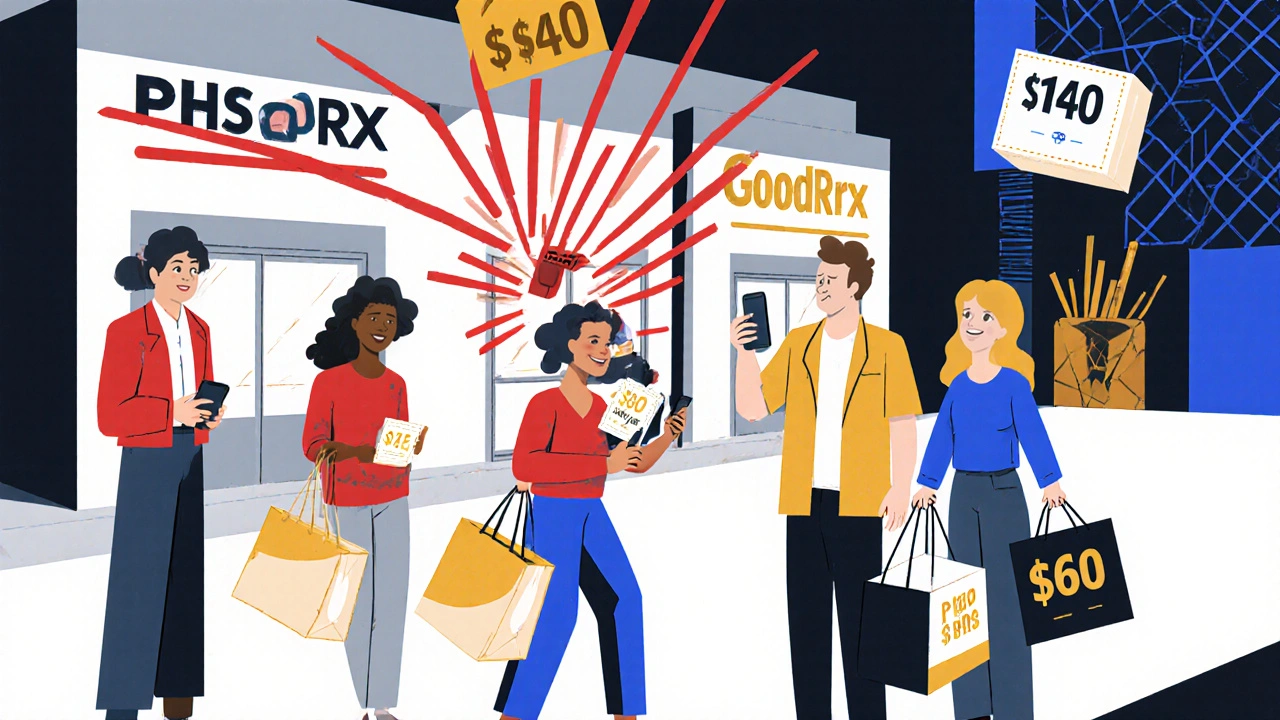
Every month, millions of Americans pay full price for prescriptions without realizing they could be paying a fraction of that amount. If you’ve ever walked out of a pharmacy with a $100 bill for a simple generic pill, you’re not alone. The truth is, cash prices for the same medication can vary by more than 300% between pharmacies just a few miles apart. This isn’t a glitch-it’s how the system works. And if you know how to shop smart, you can save hundreds, even thousands, per year on prescriptions-no insurance needed.
Why Cash Prices Vary So Wildly
Pharmacies don’t set their own prices. They get them from Pharmacy Benefit Managers (PBMs), who negotiate discounts with drug manufacturers. But here’s the catch: those discounts aren’t passed on to you unless you ask for them. The undiscounted cash price you see on the receipt? That’s the list price, often inflated to make discounts look bigger. What you actually pay depends on whether the pharmacy is using a discount program like GoodRx, RxSaver, or WellRX-and which one gives them the best deal that day. A 2021 NIH study found that for generic atorvastatin (the generic version of Lipitor), one pharmacy charged $4.50 while another in the same ZIP code charged $140. That’s not a typo. The same study showed supermarket pharmacies offered generic cardiovascular meds at nearly half the price of national chains. Why? Because big chains like CVS and Walgreens charge more to cover higher overhead and marketing costs. Independent pharmacies and discount retailers like Costco, Walmart, and Kroger often have lower margins and pass savings directly to customers.How Discount Apps Like GoodRx Actually Work
GoodRx, RxSaver, WellRX, and BuzzRx aren’t insurance. They’re price negotiation platforms. They partner with pharmacies to offer discounted cash prices in exchange for bringing in customers. Think of them like a bulk buyer-except you’re the bulk. GoodRx alone serves over 200 million users annually, and users save an average of 88% on generic drugs and 42% on brand-name ones compared to the standard cash price. Here’s how it works: you enter your drug name and ZIP code into the app. It pulls real-time prices from over 70,000 U.S. pharmacies. You pick the lowest one, show the coupon at the counter, and pay that price. No sign-up, no subscription, no hidden fees. The pharmacy gets a referral fee, and you get the discount. But here’s the trick: always ask for the cash price first, before giving your insurance card. Many people assume insurance will be cheaper-but that’s not always true. If your deductible is high, or your plan has a high copay, the cash price with a coupon can be far lower. A 2023 LifeCare Advocates guide found that nearly 40% of people who used GoodRx saved more than their insurance copay.Where to Find the Best Prices
Not all pharmacies are created equal. Here’s what the data shows:- Supermarket pharmacies (like Kroger, Safeway, Albertsons): Best for generics. Average price for a 30-day supply of generic meds: $28.17.
- Mass merchandisers (Walmart, Target, Costco): Walmart’s $4/$9 program offers dozens of generics for $4 for a 30-day supply or $9 for 90 days. Costco often beats even that.
- National chains (CVS, Walgreens): Highest cash prices. Often $60-$100 for the same generic you can get for $5 elsewhere.
- Independent pharmacies: Can be hit or miss. Some offer unadvertised discounts to regulars. Others charge more because they don’t use discount programs. Always ask.

Real Savings: What People Are Actually Paying
Reddit users share their wins daily. One person paid $1.89 for metformin at a local independent pharmacy using GoodRx. Another found insulin prices ranging from $98 to $345 across four pharmacies within two miles of their home in Chicago. A Trustpilot review from October 2023 said: “Saved $112 on my Synthroid at Walmart versus what my insurance would have charged.” These aren’t outliers. A 2022 Consumer Reports survey found that 12.7% of users experienced price mismatches on discount apps-but the majority still saved big. The key is cross-checking. Don’t rely on just one app. Compare GoodRx, RxSaver, and WellRX. Sometimes the lowest price is on a different platform. One user found their levothyroxine was $18 on GoodRx but $11 on RxSaver. That’s $7 saved every month. Over a year? $84. Just for checking two apps.Mail-Order and Non-Profit Options
If you’re on a tight budget and qualify, RXOutreach.com is a hidden gem. It’s a non-profit that provides generic medications to people with household incomes at or below 300% of the federal poverty level ($45,000 for individuals in 2023). Even if you have insurance, you can still use RXOutreach for meds not covered by your plan. You pay a flat fee-often under $20-for a 90-day supply of common generics like metformin, lisinopril, or atorvastatin. Another option: ask your pharmacist about manufacturer patient assistance programs. Companies like Pfizer, Merck, and Novo Nordisk offer free or low-cost meds to qualifying patients. You don’t need to be broke-just under a certain income threshold. Many pharmacists don’t mention these unless you ask.Pro Tips for Maximum Savings
- Compare before you fill: Don’t just walk in. Spend five minutes checking three apps. It takes less time than waiting in line.
- Buy in bulk: For chronic conditions, 90-day supplies often cost less per pill than 30-day ones. GoodRx and RxSaver let you filter by quantity.
- Ask about pharmacy loyalty discounts: Independent pharmacies sometimes offer 10-20% off for regular customers. Just say, “Do you have any discounts for people who come in often?”
- Use Medicare wisely: If you’re on Medicare Part D, check your plan’s preferred pharmacy list. Some plans have deals with Walmart or CVS that cut costs by 15-25%. Review your plan every year during open enrollment (Oct 15-Dec 7).
- Don’t ignore local pharmacies: They may not have apps, but they often have better relationships with distributors. One user saved $50 on a blood pressure med just by asking his local pharmacist if they could match a price he found online.
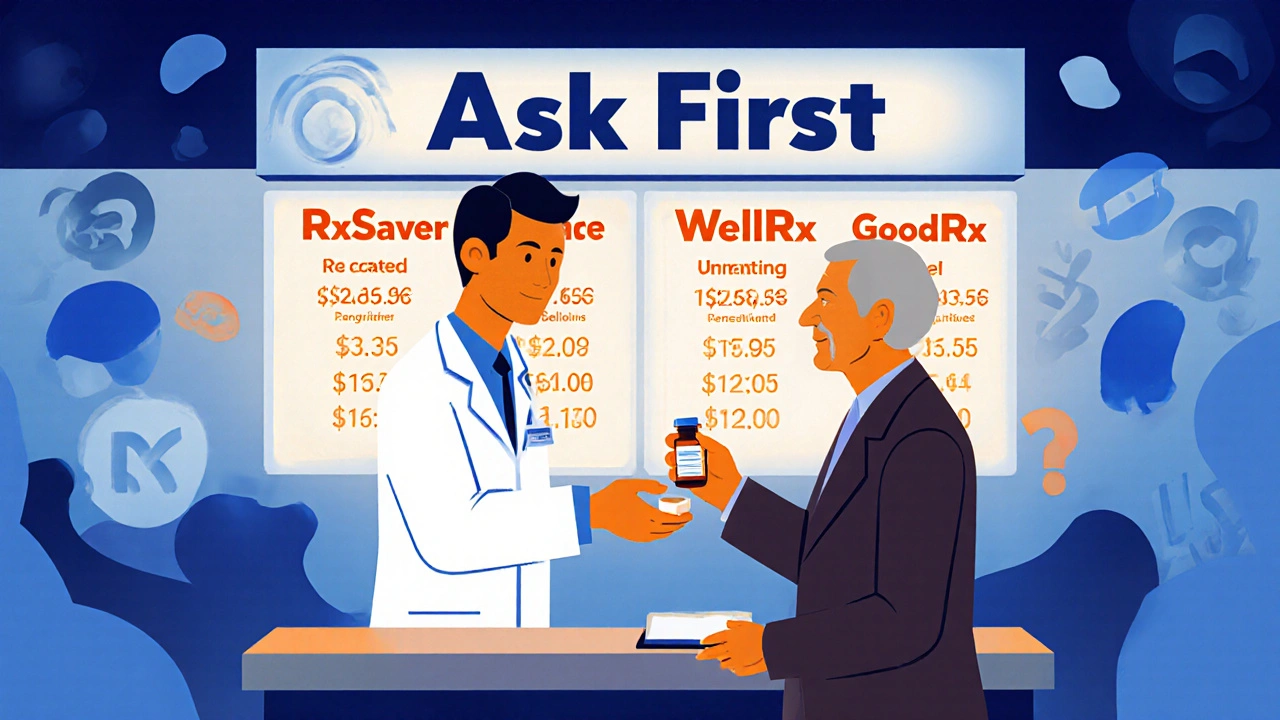
What Doesn’t Work
Discount apps won’t help much with brand-name drugs that have no generic alternative-like Humira, Enbrel, or certain specialty biologics. But even then, you can still save by switching to a generic alternative if your doctor agrees. Also, don’t assume your insurance will always be cheaper. High-deductible plans often mean you pay full price until you hit your deductible. In those cases, cash + coupon is almost always better.Why This Matters More Than Ever
In 2023, nearly half of U.S. workers had high-deductible health plans. That means more people are paying out of pocket for prescriptions. The Inflation Reduction Act caps Medicare Part D out-of-pocket costs at $2,000 per year starting in 2025-but that’s still a lot. Without shopping around, beneficiaries could overpay by hundreds of dollars annually for the same meds. The FDA’s new Generic Drug User Fee Amendments (GDUFA III) aim to speed up generic approvals, which means more competition-and lower prices-in the coming years. But until then, the burden is on you. The system isn’t broken. It’s just designed to make you pay more if you don’t look.Start Today
Open GoodRx on your phone. Type in your most common prescription. Look at the prices. Compare with RxSaver. Call your local pharmacy and ask for their cash price. You might be shocked. But you won’t be sorry. One 10-minute search could save you $50 this month. $600 a year. That’s a vacation. A new pair of shoes. A month’s worth of groceries. You don’t need to be a financial expert. You don’t need to jump through hoops. You just need to know that prices vary-and that you have the power to choose.Is it legal to use GoodRx instead of insurance?
Yes, it’s completely legal. You have the right to choose how you pay for your prescription. If the cash price with a GoodRx coupon is lower than your insurance copay, you can opt out of using insurance. Just tell the pharmacist you’re paying cash. Your insurance won’t be billed, and it won’t affect your deductible or out-of-pocket maximum.
Can I use GoodRx with Medicare Part D?
You can use GoodRx with Medicare, but you can’t apply it to your Part D coverage. If the GoodRx price is lower than your Medicare copay, you can pay cash and not use your plan. However, that payment won’t count toward your Part D deductible or out-of-pocket maximum. It’s a trade-off: save money now, but don’t expect it to help you reach catastrophic coverage faster.
Why is my prescription cheaper at Walmart than at my local pharmacy?
Walmart and other mass merchandisers operate on low-margin, high-volume business models. They use generic drugs as loss leaders to bring customers in. Independent pharmacies often have higher overhead and fewer buying power discounts. That’s why Walmart can offer 30-day supplies of common generics for $4-while your local pharmacy might charge $30 or more for the same pill.
Do discount apps work for brand-name drugs?
They help, but not as much. For brand-name drugs without a generic, GoodRx typically saves 10-40%. For generics, savings are often 70-90%. If your drug has no generic, ask your doctor if a similar, cheaper alternative exists. Sometimes switching to a different medication in the same class can cut your bill in half.
What if the pharmacy says the GoodRx coupon doesn’t work?
It’s rare, but it happens. First, ask them to call the number on the coupon. Sometimes the pharmacy’s system needs to be updated. If they still refuse, try another pharmacy. Most discount apps list multiple nearby locations with the lowest price. If the price is listed, it should be honored. If not, report the issue to the app-most have a feedback option. You can also try a different discount service like RxSaver or WellRX.
Are there any risks to using discount apps?
The main risk is price mismatches-about 12% of users report seeing outdated prices. Always confirm the price with the pharmacy before paying. Also, don’t assume the coupon is valid for controlled substances like opioids or certain psychiatric meds-some pharmacies restrict discounts on those. And never use a coupon for a drug you’re allergic to or that’s not prescribed to you.
Can I use GoodRx for pet medications?
Yes. Many human medications are used for pets, and GoodRx often lists prices for veterinary prescriptions. Just make sure the dosage and form (tablet, liquid) match what your vet prescribed. Prices for things like amoxicillin or prednisone can be 80% cheaper than at a vet clinic.
If you’re paying cash for prescriptions, you’re not alone-and you’re not powerless. The system is complex, but the solution is simple: compare, ask, and choose. The next time you fill a prescription, take five minutes to check your options. It might just be the smartest health decision you make all year.



